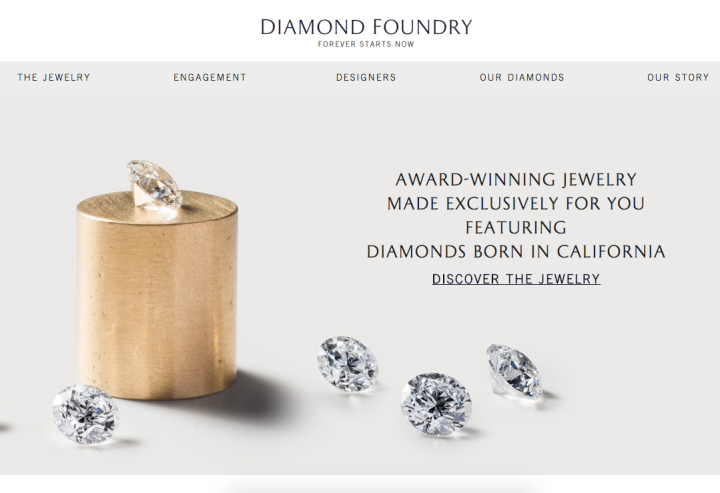
For the last three years, Diamond Foundry has been hard at work bringing this ambitious dream to fruition, and now, by harnessing both solar and chip technology, it just may have succeeded. So if diamonds really are a lady’s best friends, we better prepare to seriously expand our social circle.
Synthetic diamonds are no new development, but the rapidity with which Diamond Foundry claims they can now be manufactured is certainly a novel development. According to the startup, the breakthrough came in the form of a plasma that has the ability to catalyze the attachment of atoms to a very thin sliver of earth-extracted diamond (the real kind). As the atoms grow on top of one another (sort of like rock candy?), the growing layers turn into “pure, cultured, jewelry-grade diamond.”
A number of backers have been drawn to Diamond Foundry for its laudable mission and assistance in providing an alternative to the infamous blood diamond trade. Leonardo DiCaprio, for one, has said that he’s impressed by the company’s hopes of “reducing the human and environmental toll of the diamond industry by sustainably culturing diamonds without the destructive use of mining.”
Moreover, the New York Times reports that “Diamond Foundry will buy solar power credits to reduce its carbon footprint to zero to help support its claim that it will offer a ‘sustainable’ alternative to mined diamonds.”
Despite the fact that Diamond Foundry just had its public launch on Wednesday, the start-up has already raised nearly $100 million from a number of very notable investors. Rather than attempting to both manufacture and design with diamonds, Diamond Foundry is keeping its head in just one part of the game, and has actually created an online marketplace for around 200 jewelry designers, most of whom aren’t big names like Tiffany’s or De Beers, and who receive “100 percent” of the profits from the jewelry they design with Diamond Foundry’s diamonds. Well, except for the cost of the diamonds, of course, which they must pay back to the startup.
“[Ours] are pure diamond, just like industrially mined diamonds,” Diamond Foundry told Business Insider. “But ethically and morally pure as well.” So own that sparkle. This time, you know where it came from.


